 Diversity drives innovation in engineering and in all facets of life. Spotlight spoke with Rabab Ward, IEEE Signal Processing Society (SPS) President, about the adversity she has witnessed and how these experiences have influenced the development of technologies. Rabab discusses overcoming her own obstacles of being one of the first female engineers in her country and how others have turned their personal adversity into scientific research to benefit others. She also suggests proposals to make engineering more accessible to underrepresented groups.
Diversity drives innovation in engineering and in all facets of life. Spotlight spoke with Rabab Ward, IEEE Signal Processing Society (SPS) President, about the adversity she has witnessed and how these experiences have influenced the development of technologies. Rabab discusses overcoming her own obstacles of being one of the first female engineers in her country and how others have turned their personal adversity into scientific research to benefit others. She also suggests proposals to make engineering more accessible to underrepresented groups.
How has adversity affected your career path?
I was born and raised in Lebanon, and when the time came for me to attend University, I wanted to study engineering at the American University of Beirut. However, I was not allowed to because I was a woman. I had to leave Lebanon to pursue my goal of earning an engineering degree, which I did. I continued my studies and earned a Ph.D. in electrical engineering from the University of California in Berkeley. Eventually I became the first female engineering professor in the Province of British Columbia and received a tenure track professorship.
But I know that the engineering field is rich with technologies that were developed by or for people with disabilities, to help them overcome adversity and advance technology. Two hundred years ago, Pellegrino Turri built the first typewriter to help his blind lover write more eligibly. In the late nineteen hundreds, Herman Hollerith who had a cognitive processing disability, developed the punch cards system to help him transport the data of the US census. He later founded the Tabulation Machine Company which became IBM. Alexander Graham Bell, whose mother and wife were deaf, invented the phone in part to help magnify sound for the hearing- disabled. Vinton Cerf, widely considered the father of the Internet, is hard of hearing. He was instrumental in the development of the first commercial email system (MCI Mail) connected to the Internet. Maybe the most famous person with disability is Stephen Hawking who has developed several theories about the origin of the universe.
What tactical steps can IEEE take to increase diversity in engineering? Join the discussion on IEEE CollabratecTM.
IEEE Collabratec sign up is free using your IEEE Account.
My own life and career have been enriched by research collaborators who have overcome their own personal adversities, such as Charles Laszlo, a professor in clinical and biomedical engineering at UBC. Charles, who had severe hearing loss at the age of 21 (as a result of a battle in World War II), has developed many hearing-assistance devices and technologies that help people with hearing problems. One day, he was telling me about difficulties parents face when both of them are deaf. We agreed that by doing signal processing on the baby cry signals, we can determine the child’s level of stress. If the stress level exceeds certain thresholds, we can then wake the parent up, e.g. using a vibrating alarm under his/her pillow. This also could be used in hospital nurseries.
I have also worked with Gary Birch on brain–computer interface research. At the age of 17, Gary was involved in a car accident that left him as a quadriplegic, but he later became a medal-winning Paralympian and received a doctorate in electrical engineering. He devoted his career to developing technologies that help people with physical disabilities exert control over their environment and communicate with the outside world. He is the first pioneer researcher in the field of self-paced brain computer interfaces, whose aim then was to help people with severe disabilities.
What did working with Charles and Gary Birch teach you?
I learnt a lot from them about the incredible difficulties that physically challenged people face but more importantly that engineering could be extremely useful in helping them. Adversity creates extreme passion and stimulates creativity in finding solutions that can drive technological advancements. Both Charles and Gary chose to do research in fields that help other people (with similar disabilities) cope with the same problems each of them have. I am sure it is this deep desire to help people that had propelled them to excel in the research fields they chose.
What can we as to increase diversity in engineering – both as individuals and as a collective institution?
Awareness is the key when considering engineering as a career path. However, I have found that most underrepresented and underprivileged groups, awareness is not enough as they do not know where to start and How to achieve what they desire before they say, Yes I can do it. For these people, I have a plan which I call The Awareness WHY where WHY stand for, Where, How, and Yes. We need to help people know
- WHERE can one get the information about engineering, where to study engineering and attain these possibilities,
- HOW can they have the access to study engineering, what kind of planning is needed to get into engineering schools, how to apply and get scholarships, etc., and
- Yes, the above will help them decide that YES, they can do it – that indeed they have the capacity to obtain the skills, knowledge, and tenacity to be part of this honourable profession.
It is up to us to put The Awareness WHY plan into action. A few examples include:
- Increasing awareness about engineering and encouraging people to pursue an engineering career. Some people think that an engineer is a train operator or a man who fixes the air conditioning. So the first step is having underrepresented groups and women aware of the engineering profession, careers, and possibilities – and that it’s something they can do!
- Preparing courses for high school teachers (and training them) on how to engage and excite students about engineering and related content and fields.
- Arranging outreach programs such as summer schools in universities for indigenous and underprivileged kids, to strengthen their math and communication skills.
- Changing admission to engineering schools so it is not based solely on grades related to technical subjects. Engineering solves society problems. These are usually multifaceted, multidisciplinary and require knowledge of society, arts, theatre, music, relationships, habits, law, environment, nutrition, adversities, caring of the elderly, and so on.
- Demonstrating the positive impact engineering has on society. Today’s young professionals have different career expectations than prior generations. Deloitte’s 2017 Millennial Survey found that more millennials want to change lives and make the world a better place.
- Increasing exposure of engineering leaders on television, radio, and social media. Leaders who are inspiring, stimulating, and charismatic need to talk about their exciting engineering work. Can we find someone like Carl Sagan or Richard Feynman to advocate for engineering?
As an Institution, IEEE should honour its members who have done extraordinary outreach work by exposing electrical engineering and its career possibilities to their societies, young people, or underrepresented groups. There are many outstanding IEEE members in under-developed countries who have inspired many people, positively impacted their people or done excellent technical work but are unfortunately not able to make the IEEE fellow grade because their work (according to the present IEEE Fellow conditions) does not compare to those in developed countries who have much more resources, technology wise.
What advice would you give to someone who is facing adversity?
My exposure to adversity throughout my life has impacted me professionally and personally. I have grown to be wiser and more humble from witnessing others, like Charles and Gary – I am amazed by their positive attitudes. They do not complain much about the challenges they face or life in general. They smile, are easy to get along with and are happy, confident and highly spirited. That made me face any difficulty I have with confidence that I can also overcome difficult problems I face as long as I believed in myself and worked hard. Passion is the secret. Passion drives hard work, which propels you to do your homework, give yourself positive affirmation, and spend the required energy to reach your goals. My mother always told me, if you have enough passion and work hard, you can achieve success in whatever you want to do. She was so very right.
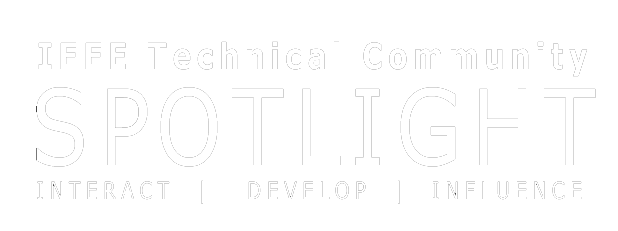

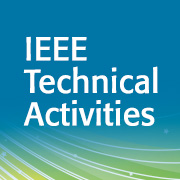
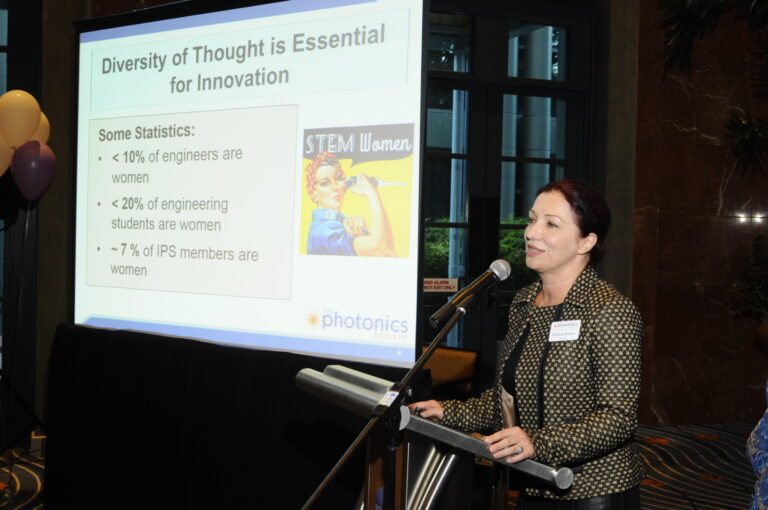
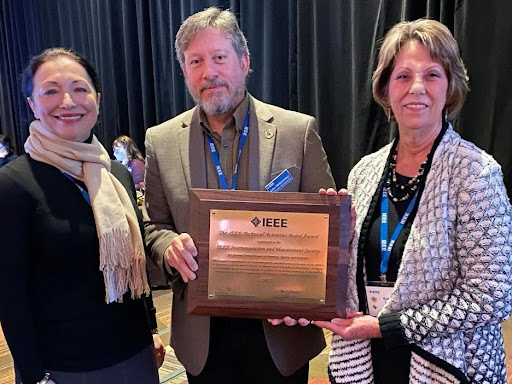
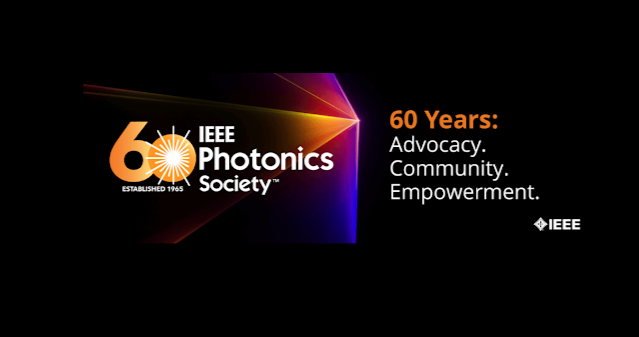
One Response
Diversity is nothing more than a reprehensibly disguised discriminatory practice that is precisely the same as the practices of white separatism and “separate but equal”. The litmus test is simple and unequivocal. Interchange the genders involved and then see what shows in the mirror when you attempt to defend its use. A loathsomely primitive practice from an organization of people without character or integrity but plenty of hypocrisy.